Anti-Social Hydroids And Fish That Fake It
 September 11, 2014
September 11, 2014
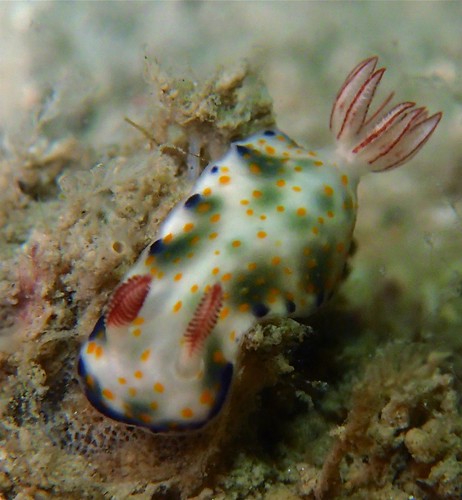
Local diver and nudibranch enthusiast, Toh Chay Hoon, visited the reefs of Pulau Hantu over the weekend and returned with some wonderful images of Singapore’s urban reefs. She wrote, “Visibility not as good as last week. Only about 2-3m and with some currents. Nonetheless, still two good dives at the jetty with a few nudibranch sightings!” I guess the visibility has been quite good of late since 2-3m is considered low vis! It used to mean a good day! Above: Hypselodoris bollandi?
Photos by Toh Chay Hoon, Text by Debby Ng.
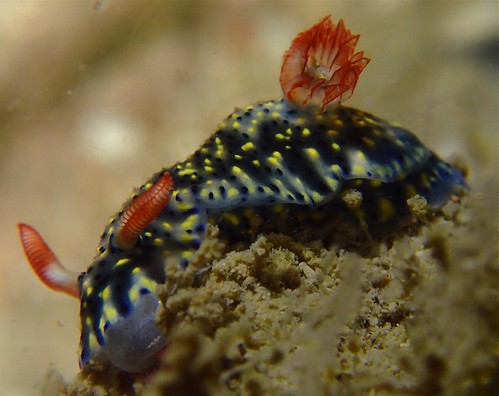
This may look similar to the above nudi, but this one with a darker mantle and redder gills is Hypselodoris infucata
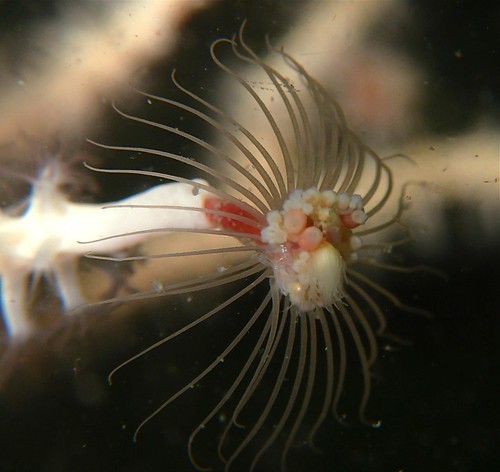
Marine hydroids usually exist as colonies, the polyps are protected by a horny chitinous outer case or covering that protects the soft parts of hydrozoans. This is called a perisarc. Ralpharia (above) is a large solitary hydroid that is preyed upon by Pteraeolidia. Its tentacles can reach a length of 12mm. [1] They look like flowers and are often confused with tube worms. Ralpharia magnifica can reproduce asexually by budding off tiny, free swimming medusae from around the mouth area. These in turn reproduce sexually. [2]
A tiny marine snail creeps along the branches of what might be a bryozoan. This close up photograph allows us to see what might be cilia, which is animal uses to feed itself.
Nudibranch Bornella sp.
This nudibranch is commonly known as the Snakey Bornella due to its serpentine lateral contractions when it swims.
You might think this is soft coral, but it’s actually the feeding tentacles of a sea cucumber!
Here’s another shot of those feeding tentacles, on another species of sea cucumber known as the Thorny Sea Cucumber.
Dermatobranchus sp.
Heart Urchin test or skeleton.
Ceratosoma gracillimum is a large nudibranch that can be found on our reefs. Despite its size it can still be easy to miss because it is extremely well camouflaged to resemble a sponge!
Marine flatworm.
A cuttlefish does the right job of keeping itself very skill and allowing its camouflage to do the work of keeping it “invisible”. In this photo, we can actually look right through its translucent skin and see its white-coloured cuttle bone that keeps its back in shape! It is believed cuttlefish communicate the colour of their environment from their eyes, through neurotransmitters, and eventually to their pigment cells to alter the colour of their skin.
Scallop! They look quite different when they are alive don’t they! Full of colour and simply gorgeous. They also have the prettiest little eyes. Yes, scallop have eyes. At least a dozen of them.
Chay Hoon got really close with a False Scorpionfish! Look at those two knobs of appendages above its nostrils! Real scorpionfishes usually have similar appendages above their eyes, and those are called supraorbital antennae. I guess that’s why they are called False scorpionfish! This similarity protects the false scorpionfish from predators, which would not prey upon the very venomous true scorpionfish. False Scorpionfish are not venomous. [3]
Janss’ pipefish was only recently discovered in Singapore waters and it has since become a hot target for photographers, divers, and scientists! They are extremely cryptic and are quite unlike to be spotted unless you deliberately go looking for them.
Blue-spotted fantail ray
San you spot the flathead?
Bandit Coral Crabs (Tetralia nigrolineata) hiding in Acropora corals is always something nice to try to look out for especially when you are doing your safety stop along the reef crest. They can be tricky to photograph though because they hide deep within coral colonies. To see more photos from this dive, visit the Hantu Blog Gallery!
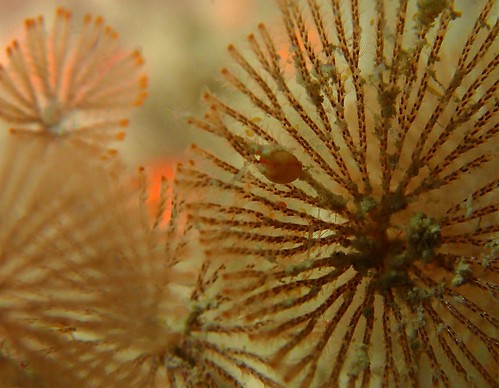
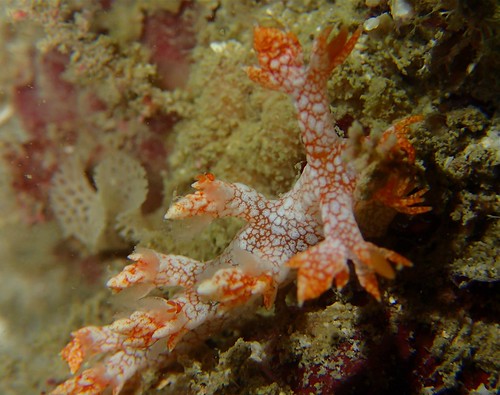
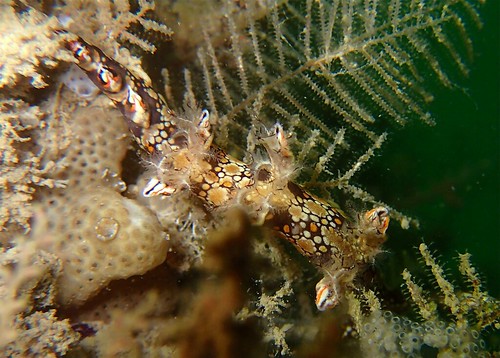
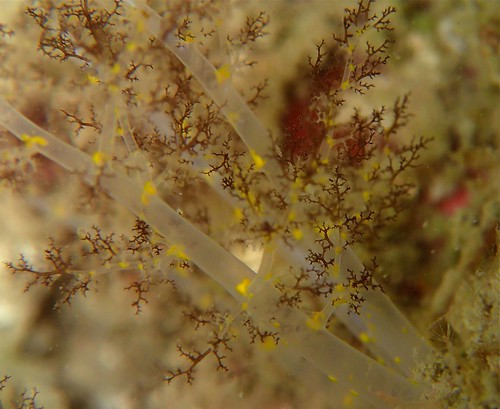
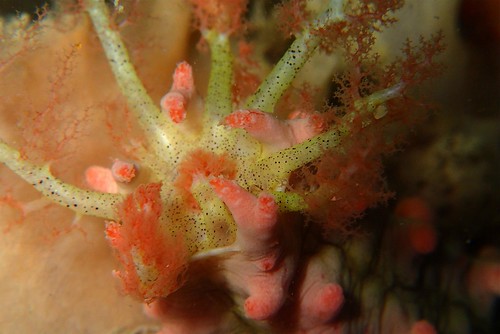


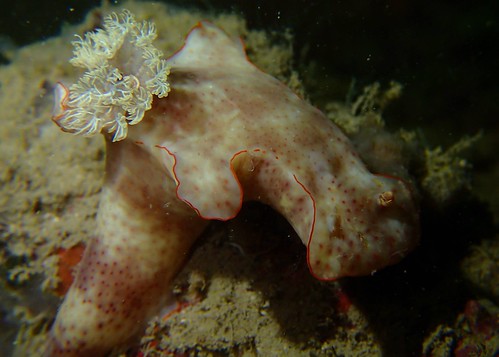
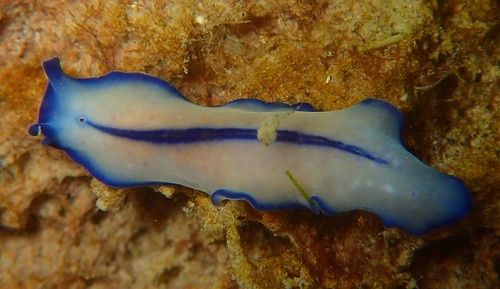



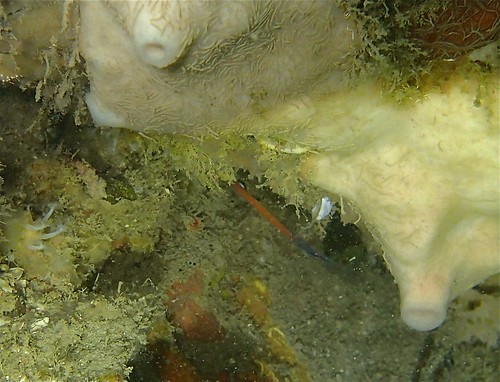
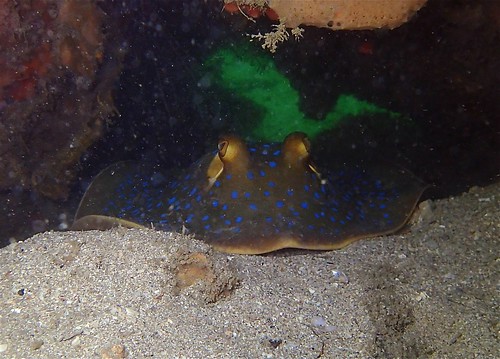
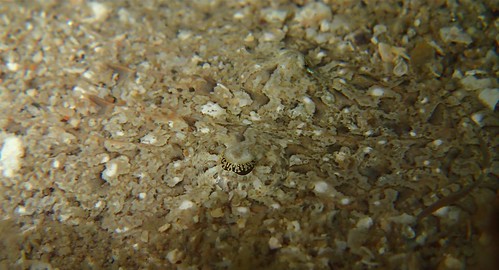

 Posted in
Posted in 



 content rss
content rss
COMMENTS